Explore Articles Filed Under: Ayahuasca
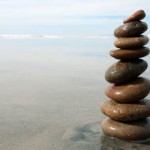
Opening the door to the magical world is not a day trip. Every approach we make to the spirits entails reciprocal obligations. What those obligations are is a matter between each of us and the spirits, but at the very least they require gratitude and humility — a willingness to be courageous and vulnerable, to speak honestly from our hearts and listen devoutly with our hearts, to tell the spirits our truest stories
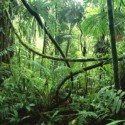
If you have decided to travel to Peru or other areas in South America to drink ayahuasca, I hope that you have a wonderful experience and return safely to tell everyone about your adventures. But be aware that you will be traveling in third-world countries that often have limited resources, and wonderful experiences are less often the product of luck than of thoughtful preparation. Here are several things you can do to help ensure that your trip is safe and productive
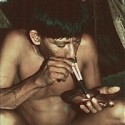
The ayahuasca drink is made from the stem of the ayahuasca vine. Sometimes, but rarely, the drink is made from the vine alone; almost invariably other plants are added. It is in fact this companion plant that contains the potent hallucinogen dimethyltryptamine; the vine contains MAO inhibitors. How in the world did indigenous peoples in the Upper Amazon come up with the idea of combining DMT with an MAO inhibitor? And when and where did they first do it?
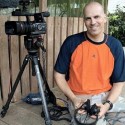
In 2006, Keith Aronowitz, then forty-four years old, was a filmmaker without a direction. He had been professionally involved in the film and television industry for more than twenty years, primarily as an editor working on what he calls “some pretty mindless stuff” — infomercials and reality shows. Now he needed a break. He decided to go to Peru and try something he had heard of called ayahuasca. He brought his camcorder and, just for something to do, he recorded some of the ceremonies and interviewed some of the people who had also journeyed to drink ayahuasca. When he shared his footage, the response was enthusiastic. So he thought: Why not make a documentary?
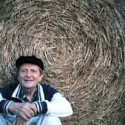
Stanley Krippner, the Alan Watts Professor of Psychology at the Saybrook Graduate School and Research Center in San Francisco, is internationally known for his pioneering work in the scientific investigation of human consciousness, and especially of what he has come to call anomalous experiences — precognitive dreams, parapsychological phenomena, hypnosis, dissociation, altered states of consciousness, psychic surgery, and shamanism. Here is a thirty-minute interview with Krippner on the subject of ayahuasca, the “brutal teacher.”
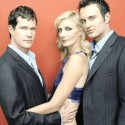
I continue to observe, with fascination, the slow infiltration of ayahuasca into American popular culture. And now ayahuasca has appeared — much as it did on the show Weeds — on the hugely popular plastic-surgery soap opera Nip/Tuck. The show is engrossing, in much the same way that a slow-motion train wreck is engrossing.
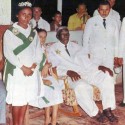
On March 18, 2009, United States District Judge Owen M. Panner found that the Religious Freedom Restoration Act protects the Santo Daime’s use of ayahuasca as a sacrament of their church. The court was guided by the unanimous decision of the United States Supreme Court in the very similar União do Vegetal case in 2006, and concluded that RFRA requires that — subject to reasonable restrictions — the plaintiff church be allowed to import and drink ayahuasca for their religious ceremonies.
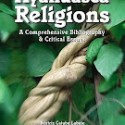
An important recent social phenomenon has been the development and expansion of new religious movements in Brazil, which use ayahuasca as a central sacrament within a largely Christian theological and rhetorical context — referring to ayahuasca as the Blood of Christ, for example, or mareación, the ayahuasca experience, as awakening to Christ Consciousness. The Upper Amazonian contribution to these movements was the use of the basic ayahuasca drink, made from the ayahuasca vine and — exclusively — chacruna.
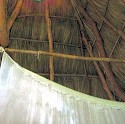
In order to become an ayahuasquero, one must be coronado, initiated, usually by receiving the phlegm of one’s own maestro ayahuasquero. Still, a number of mestizo shamans also report being initiated by dreams that announce — or confirm — their healing vocation. My plant teacher doña María Tuesta had such an initiatory dream when she was eighteen, in which the Virgin Mary confirmed doña María’s destiny as a healer. A small detail in the dream is of great interest. The fact that doña María is carried to heaven in her mosquitero, mosquito net, has significant symbolic resonance in the Upper Amazon.
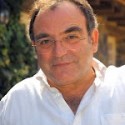
We have talked before about the Grob, McKenna, Callaway, et al. psychiatric study on the long-term effects of drinking ayahuasca in the ceremonies of the União do Vegetal church. I noted that the study had not clearly disentangled any bias that might have resulted from the fact that the ayahuasca drinkers — but not controls — had been preselected for their orderly churchgoing habits. Here is a study that may shed some light on that question.

Discussing the article:
Hallucinogens in Africa